The future of events.
We sat down with Sarah Wiggin, VP of Sales for GSMA, at MWC Barcelona 2024 to discuss the main factors currently shaping the events industry and get her take on where it goes from here.
In the last 5 years the events industry has seen unprecedented change. From the onslaught of COVID and its knock-on effect, to the rise (and fall) of hybrid events as a result, increasingly stringent sustainability targets implicated by COP, the meteoric rise in tech and the current global recession.
It’s a lot to navigate but, it seems, the future is bright.
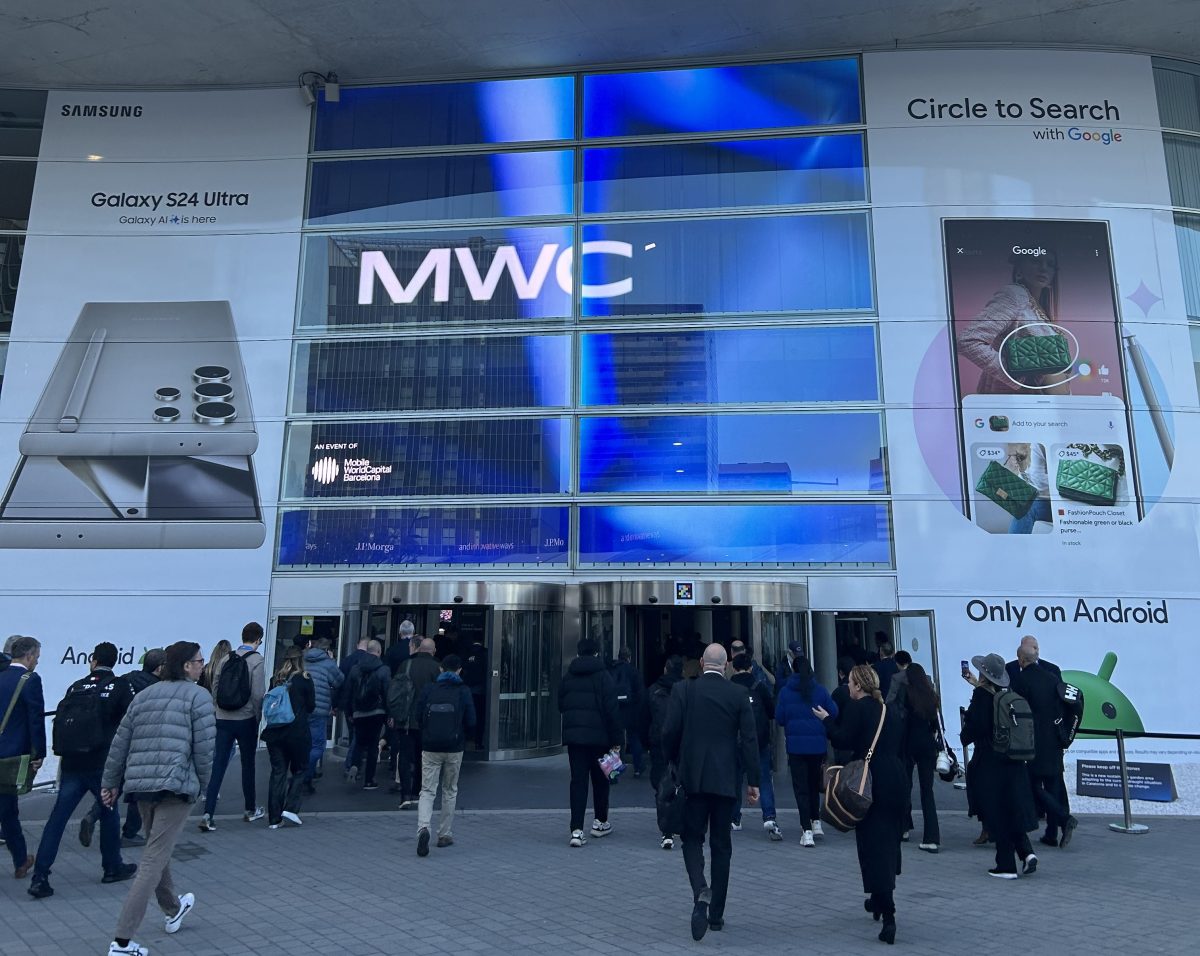
Introduction.
MWC Barcelona is a well-established flagship global event which has been running in its current form for 11 years. However, its roots can be traced back nearly 30 years.
When asked how MWC Barcelona 2024 was going Sarah was emphatic, stating they expected visitor numbers to be around 90,000 (turns out MWC 2024 attracted over 101,000 attendees), and that their policy activity had drawn in 70+ ministers including the King of Spain, the Prince of Denmark and the President of Paraguay.
These figures aren’t at the 109,000 the show attracted pre-COVID, however Sarah was quick to point out that previously the event was spread over two venues so is far more concentrated now in one location, making navigation much easier. She added that it’s not quantity that really matters – quality is paramount – and 21% of MWC attendees are C-Suite.
There were some notable new exhibitors for 2024, primarily from Asia (Japan and China). Chinese exhibitors doubled this year, which is no doubt due to the relaxing of COVID restrictions in the area.
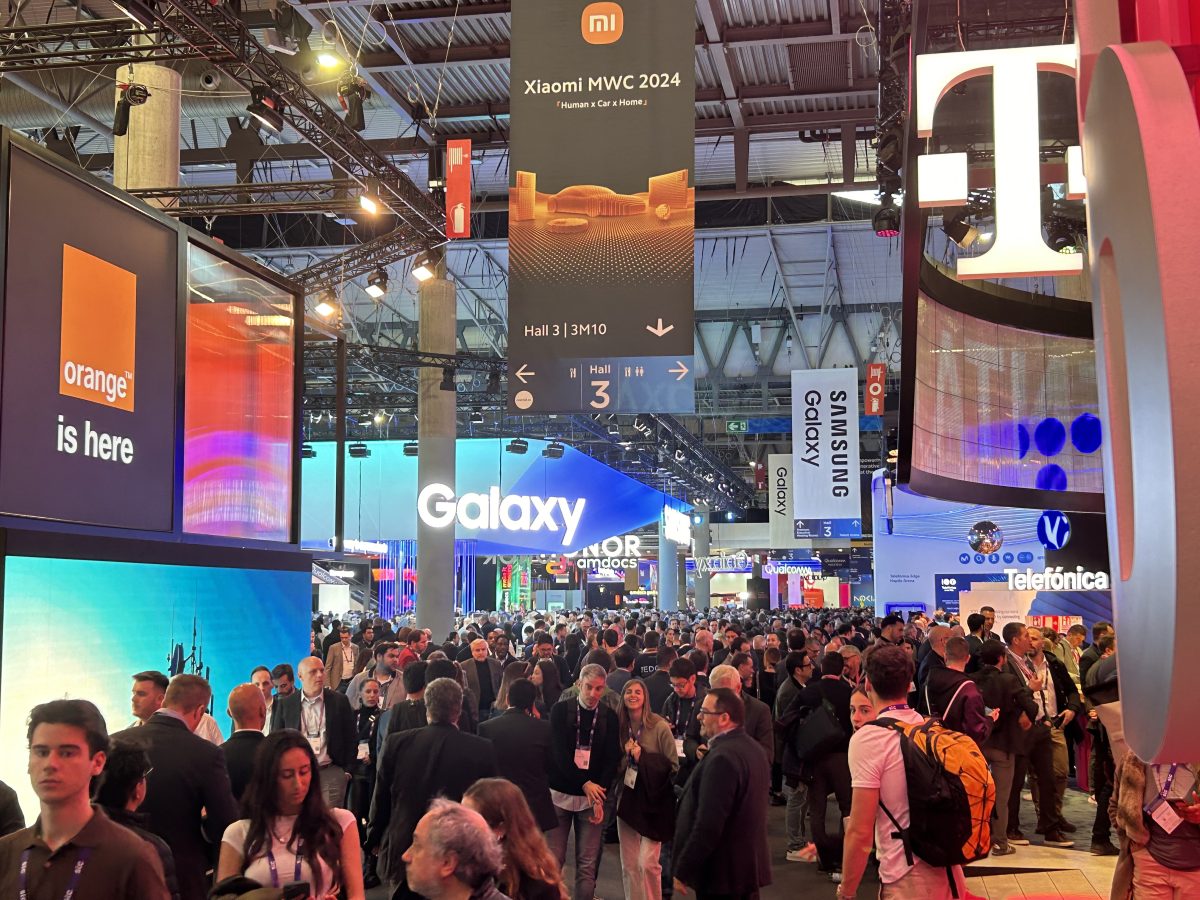
A resurgence.
It’s been widely reported that the events industry is back and bigger than ever following COVID, with Impact XM reporting a 3% growth in exhibitions for 2024, event budget increases ($74bn for 2024) and a greater impetus being placed on events within the marketing mix.
Sarah is in agreement: “People initially thought events wouldn’t make a comeback when you can do it cheaper online and help the environment. But as time went on we missed that human interaction piece. I’ve seen not only MWC bounce back, but the whole events industry. I think, ironically, that COVID has helped (following the initial struggle).”
Brand experience is becoming increasingly important and has been purported as the “new currency” (ref: Impact XM’s ‘The State of Events’ survey). It’s not just about having a beautifully designed exhibition stand any longer, you have to offer something up which is fun, engaging and shareable to delight your audience. The experience should always be relevant to your brand and your positioning.
Sarah went on to explain that live events are especially key for business development, building rapport and establishing a relationship face-to-face. At MWC, brands set up high-level meetings in advance, which explains the C-Suite attendees.
Attendees also crave community, and with the new homeworking world, hospitable networking areas are pivotal.
As a result, nowadays stand design is a delicate balance of drawing in footfall and generating PR and reach with that standout experience, facilitating casual networking and also catering for your pre-existing contacts with a knockout VIP hospitality and back of house area.
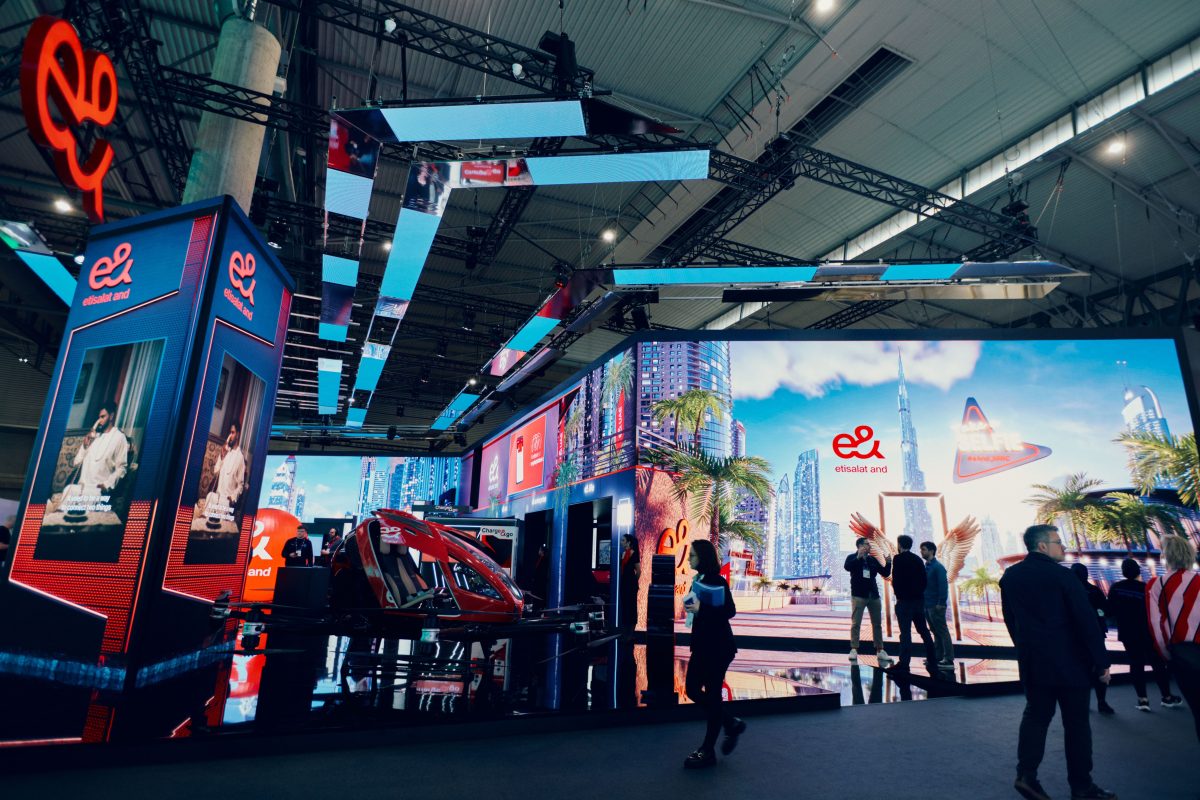
AI & connectivity.
Being the biggest connectivity event in the world, it’s unsurprising that AI would touch every facet. However, the exhibition is also evolving in other ways. Sarah stated, “The show has gone from being very telco focused at its core, to now having more of an enterprise focus. It used to be heavily weighted to telco attendees, but I think the enterprise and vertical industries may tip it this year at 60/40, split between enterprise and telco attendance.”*
*The post-show stats show Sarah was right, with 59% of MWC attendees coming from adjacent industries.
On the inevitable AI question, Sarah believes it’ll have the biggest impact on the events industry through data collection and insight – for example, analysing attendee growth, visitor behaviour and audience demographics to identify trends – allowing event managers to see how to shape their event to match with the audience that’s coming through the door.
When asked whether AI will affect stand design and creation, Sarah wasn’t convinced, stating that the “human touch” was always required as AIs aren’t currently ingenious or nuanced.
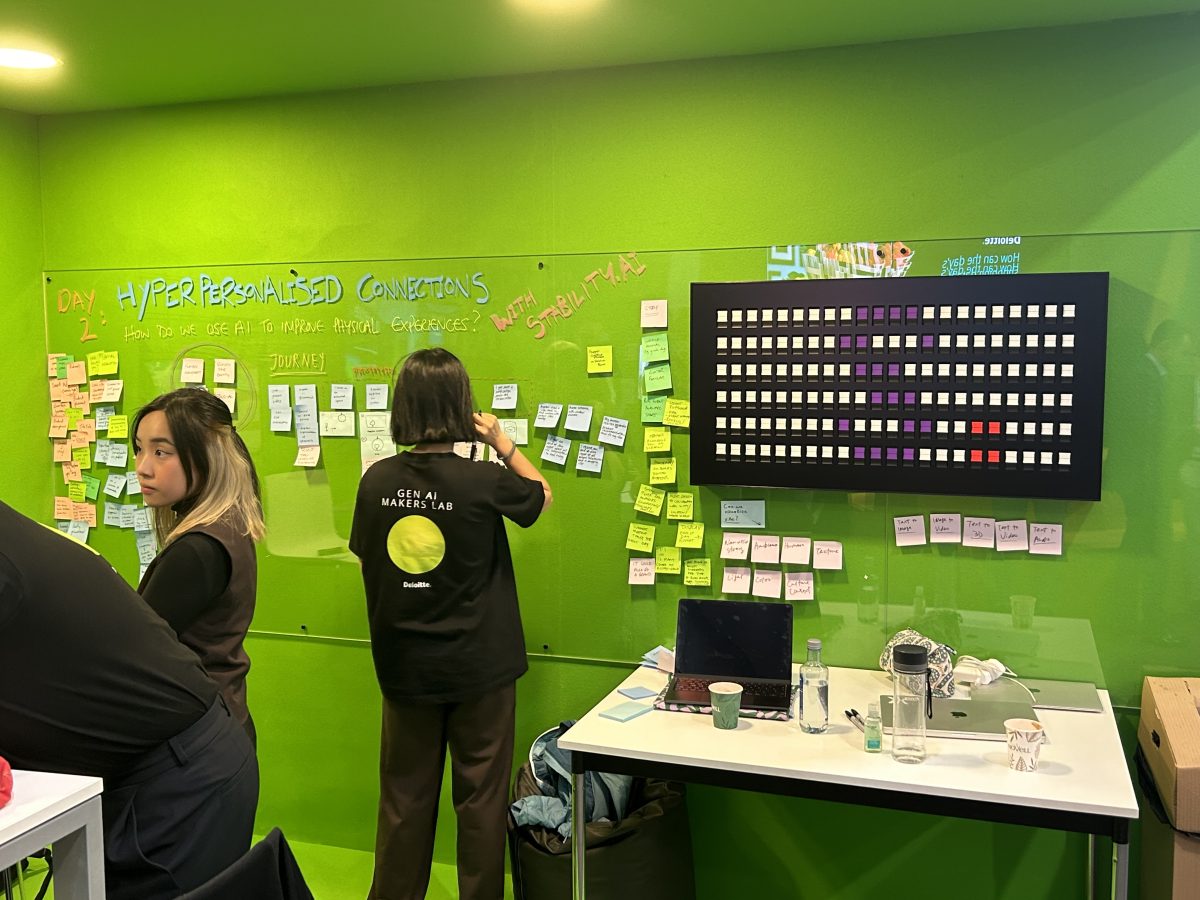
Sustainability.
Sustainability is starting to emerge in more of a real way in the events industry. Where previously there was a lot of ‘greenwashing’, tangible efforts are now being made.
This was also true of MWC Barcelona 2024, where there was a lot of talk about green initiatives and how 5G can facilitate sustainability gains. Rather than just paying lip service we’re now seeing much more green tech.
The events industry itself is a huge generator of carbon footprint, however, Sarah defended exhibitions like MWC saying, “I definitely think the events industry can be sustainable. You have to take it seriously, but there are robust programmes you can put in place to reduce your impact on the environment.
“I know people fly out to events and that creates a carbon footprint, but at least they fly only once, have a week of meetings in one place, then they go home. If the event didn’t exist they would be making multiple trips to multiple locations to see their clients/suppliers and, in turn, making a bigger environmental impact.”
MWC has been certified as carbon neutral for 10 years and has been recognised by the Guinness World Records as ‘The World’s Largest Carbon Neutral Trade Show’ on four occasions. See our interview with Sarah in 2023 for details on how they do it.
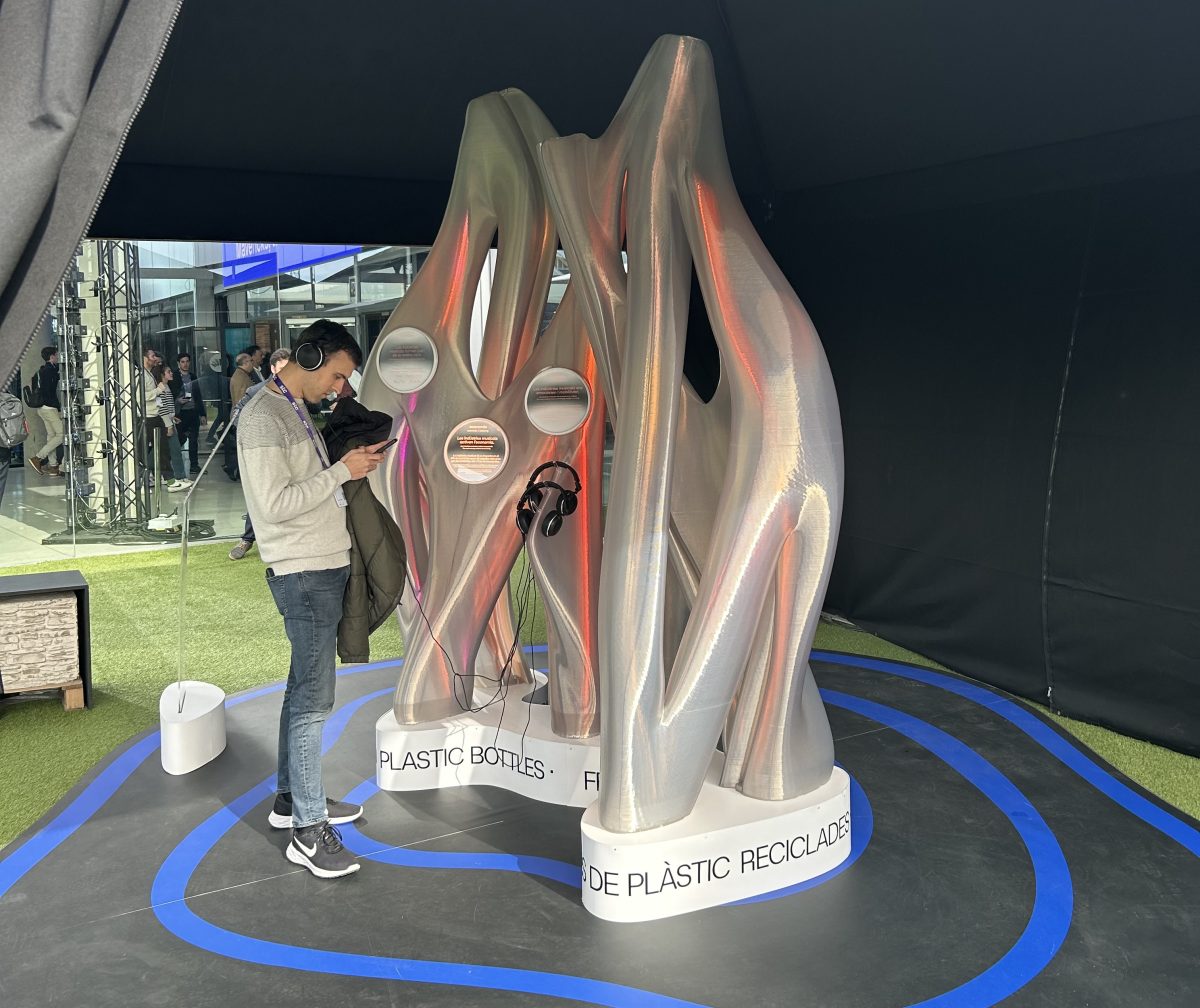
The future.
There’s no doubt that, in keeping with the event industry as a whole, MWC is a show on the up. When asked where she sees the show by 2030, Sarah revealed that Fira are building a brand new hall, Hall 0, at the South entrance. It will be as big as the current Hall 3 with conference facilities, meeting rooms, office space and a beautiful terrace, perfect for hospitality. Hall 0 will be connected to the South entrance on the first level by a bridge over the road and will be ready in 2026, so GSMA intends to utilise it from 2027.
On the connectivity industry, Sarah predicts the pace of change will only increase with the rapid deployment of new technologies, explaining, “I don’t think anyone could say what MWC will look like in 10 years, but I think it will look very different…we might not even have mobile phones in future, they could be tiny chips, or motion based, who knows? But that’s what’s exciting about the connectivity industry – it’s always at the forefront of change.”
Let’s talk.
If you’d like to discuss supercharging your brand experiences, contact us to make the most of moments that matter.
More reading:
Web Summit: More than just AI? Five key themes
Advertising Week New York ’23: Seven brands we need to talk about
Advertising Week New York ’23: Top trends and tips